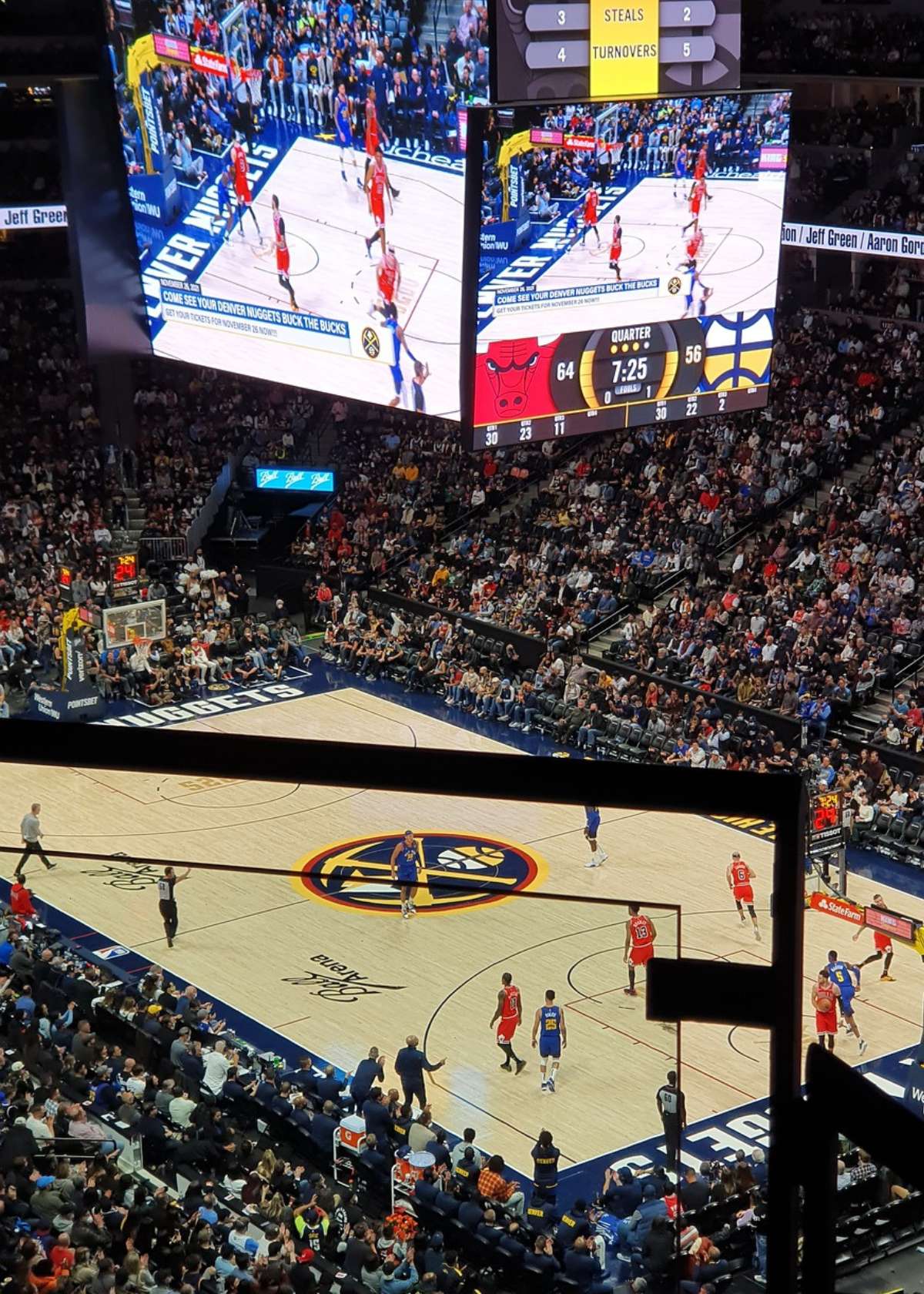Basketball is an exciting game that is enjoyed by millions of people worldwide. However, there are several rules and regulations that players and fans need to be aware of to fully enjoy the game.
One of those rules is the number of periods in a basketball game. In this blog post, we will be breaking down the number of periods in various basketball leagues and the timing of each period.
We will also be discussing the role of overtime periods, halftime, and breaks between periods. So, if you are a basketball enthusiast looking to enhance your knowledge of the game, then keep reading.
Table of Contents
- How Many Periods Does Basketball Have?
- What is a Period in Basketball?
- Duration of Each Period: Timing Explained
- International Basketball: FIBA Rules on Periods
- The Role of Overtime Periods in Basketball
- How Halftime and Breaks Between Periods Work
- How the Number of Periods Affects Game Strategy
- Notable Games with Multiple Overtime Periods
- Conclusion
How Many Periods Does Basketball Have?
Different basketball leagues have different rules regarding the number of periods in a game. The number of periods and the timing of each period affect how the game is played and the strategies used by each team. Here are the periods of some of the popular basketball leagues:
NBA: The NBA has four periods, each 12 minutes long.
WNBA: The WNBA also has four periods, but each period is only 10 minutes long.
FIBA: The International Basketball Federation has the same rule as the WNBA, with each period being 10 minutes long.
NCAA Men's Basketball: The NCAA has two periods, each 20 minutes long.
NCAA Women's Basketball: The NCAA has four periods, with each period being only 10 minutes long.
High School: In high school basketball, there are four periods, with each period being 8 minutes long.
Middle School: In middle school basketball, it depends on the league, but most follow the same rules as high school basketball.
What is a Period in Basketball?
A period, also known as a quarter, in basketball, is a set amount of time during which gameplay takes place. It's divided into smaller units called "possessions," which are opportunities for each team to score a point by shooting the ball into the opposing team's basket. There are usually breaks between periods, halftimes, and overtime periods.
Duration of Each Period: Timing Explained
As already discussed, the duration of each period varies from one league to the other. But, in general, the periods are timed based on the allowed playtime per game.
The clock stops when free throws, timeouts, or player substitutions are taking place. Halftimes and breaks between periods allow players to rest and re-strategize for the next period.
In addition to the timing for various levels mentioned previously, recreational leagues usually have shorter periods, while professional leagues have longer periods.

International Basketball: FIBA Rules on Periods
The International Basketball Federation (FIBA) rules are slightly different from those of the NBA and NCAA. FIBA games consist of four quarters, each lasting 10 minutes. If the game is tied after the fourth quarter, then two overtime periods of five minutes each are played until a winner is determined.
The Role of Overtime Periods in Basketball
Overtime periods are usually played at the end of a game if the scores are tied at the end of regulation time.
The rules are the same as the standard periods, with the first team to score a certain number of points declared the winner.
Overtime periods are essential as they provide an opportunity to break the tie and declare a winner.
How Halftime and Breaks Between Periods Work
Halftime is usually a scheduled break between the second and third periods. The break allows players to rest, hydrate, and talk with coaches and teammates about strategy.
Breaks between periods, on the other hand, only take a few minutes, usually for player substitutions and score recording.
How the Number of Periods Affects Game Strategy
The number of periods and timing affects how the game is played and the strategies used by the teams.
Basketball games with four periods, such as the NBA and WNBA, can be more dynamic as players have time to rest and strategize between periods.
Conversely, games with two longer periods, such as NCAA men's basketball, require teams to be more aggressive and creative in their strategies as they do not have the benefit of breaks between periods.
Notable Games with Multiple Overtime Periods
Several games have gone into multiple overtime periods and become classics. One such game was the 1976 NBA Finals game between the Boston Celtics and the Phoenix Suns, which went into triple overtime, ending with the Celtics winning 128-126.
Another memorable game with multiple overtime periods was the 2019 NCAA Women's Basketball Championship between Baylor and Notre Dame, which went into four overtimes before Baylor emerged as the winner by a score of 82-81.
Conclusion
In conclusion, the number of periods in basketball varies depending on the league, with some having two periods, while others have four. The period's timing affects a team's strategy and style of play.
Halftime and breaks between periods are essential for teams to rest, hydrate, and strategize before the next period. In addition, overtime periods are used to break ties and declare a winner if neither team has won by the end of regulation time.
Knowing the number of periods in your league of choice enables you to understand the game flow and plan your basketball viewing better.
We hope that this blog post has helped you better understand the number of periods in basketball. So, grab your snacks, find a good seat, and enjoy your next basketball game!
Discover the ultimate basketballs for both indoor and outdoor play! Get ready to score big with our carefully selected top picks.
Don't miss out on our other amazing basketball and sports & fitness blog posts!
























